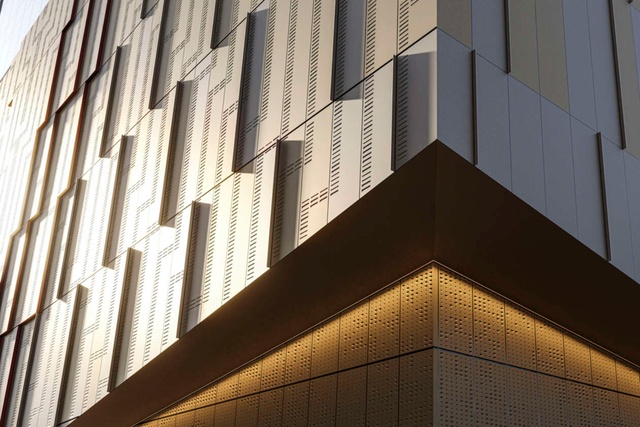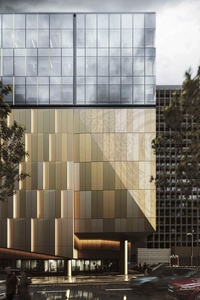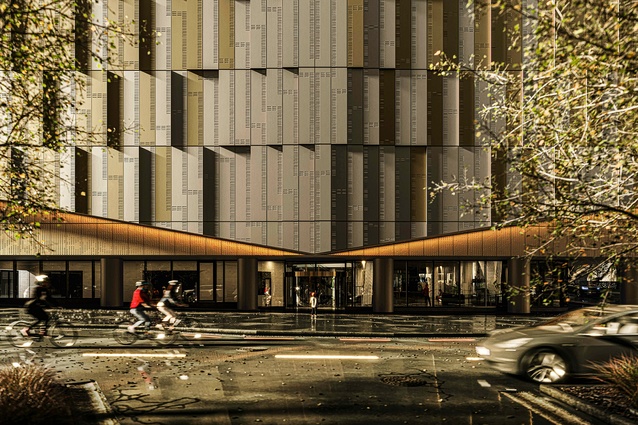Function follows flashy façades and photos
Opinion: Are we leaving buildings in the lurch while the façades are still gleaming and the award still twinkling in the boardroom?
In this Instagram age, does function follow flashy photos?
Are beautiful, eye-catching buildings hailed above practical, functional places, designed for a low-carbon world?
Are architects really changing the way they design buildings to address long-term issues like climate pollution and demolition waste?
Do their eyes turn away to the next shiny proposal, while those using the building are struggling with the maintenance, access and operations of the structure?
Are architects leaving buildings in the lurch while the façades are still gleaming and the award still twinkling in the boardroom?
Above are real questions that have arisen too often in recent conversations. It’s now a live discussion architects can no longer ignore. Not least because, in many cases, the answer to these questions is a resounding yes.
Sure, gracing glossy magazines is wonderful but buildings are meant to be used for people and by people — not just admired from afar.
Architects make our spaces beautiful. They create majestic places, in which we want to spend time. Architects can do things that no one else can, and their jobs are challenging. They have talents and expertise that are vital, and unique to their craft.
Yet awkward layouts, inadequate ventilation, and shady lighting all continue to blight too many of our buildings. Fawning over form and aesthetics at the expense of all else is a short-termism that is failing to address some major issues.
Our buildings belch out 20% of climate pollution. Construction waste makes up an unacceptably large amount of landfill waste. Slow steps are being taken to address this, but it all too often exists only in workshops, webinars and waffling over wine, and not in the way all our buildings are designed and built.
If life cycle analysis and adaptive reuse were truly designed into as many buildings as they feature in PowerPoint presentations, then architects could rightfully claim to be considering all the phases of a building, and not facing charges of walking away as soon as the key is in the door and the images uploaded to social.


But we can do both. Our buildings shouldn’t be beautiful OR functional. They should be both. The new Archives Building in Te Whanganui-a-Tara Wellington is doing this wonderfully, by implementing the soft landings framework, which makes sure that buildings perform as they’re meant to and meet the needs of their users.
This included WT integrating facilities management principles in the early-stage design. Alongside this, the building is one of the first in Aotearoa to use digital twin technology. This innovation stores comprehensive asset information, unlocks a great level of data, and provides real-time insights into building performance. And whole-of-life cost estimates were used throughout the design, which helped guide early decisions across the building’s lifecycle, and incorporated operational and maintenance requirements.
Our places can grace the magazine covers, glinting glamorously, and also be designed to be straightforward to operate, to be energy efficient and healthy, ready to stand the test of time, and easy to adapt for new uses after their projected lifespan.
A building’s life spans a product stage, construction stage, use stage, end-of-life stage and, in a true cradle-to-cradle approach, a reuse and recycling stage. These stages contain well over a dozen different chunks, from raw material supply to construction, use, maintenance and repair, deconstruction, and then reuse.

And yet when architects see their job as ending at practical completion, they’re walking away when the vast majority of a building’s life is not yet realised.
It is time for architects who still work in this way to evolve — to consider the most important stages of a building’s life. One key way for this to be realised is for better, more regular communications between architects and the custodians of our places.
Facilities managers are the often unseen guardians of our buildings. They are the experts who look after your designs once they’re constructed, the people who ensure that everyone inside the building is kept safe and healthy, that billions of dollars of assets are protected, that our workplaces are productive and efficient. And, they’re passionate and want to help.
Incorporating their knowledge and practical experience in your next design — and every design afterwards — can only be a good thing, for our buildings, for everyone using and relying on them, and for our collective efforts to tackle the big, long-term issues facing Aotearoa.










